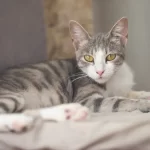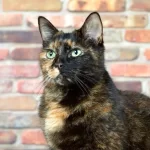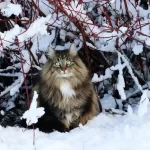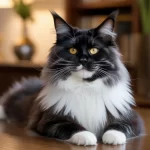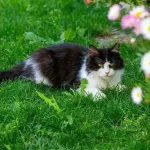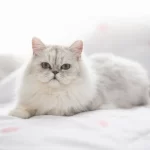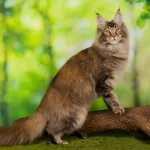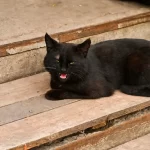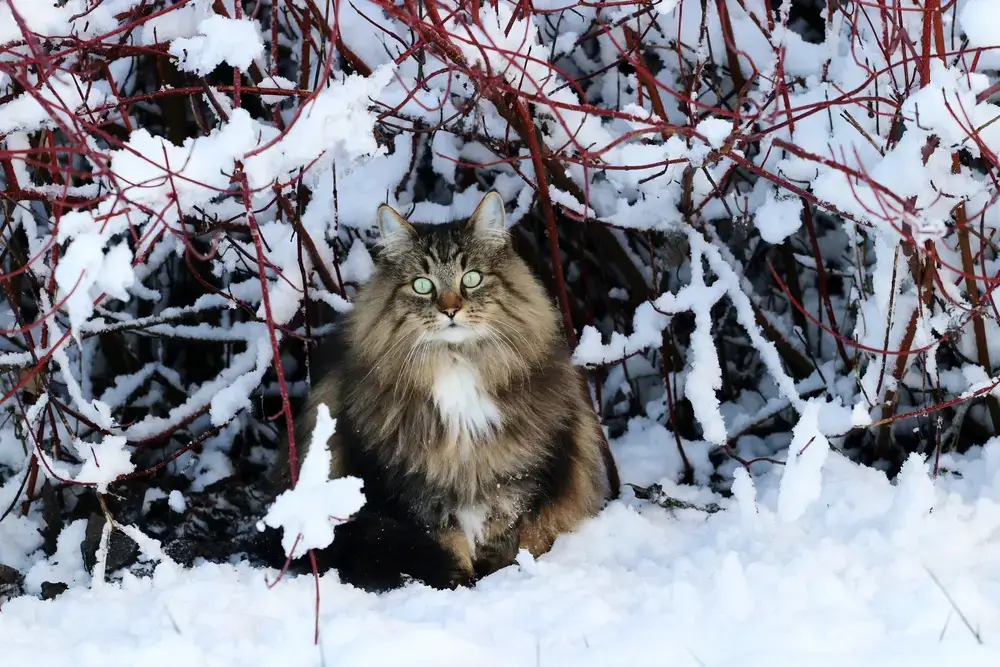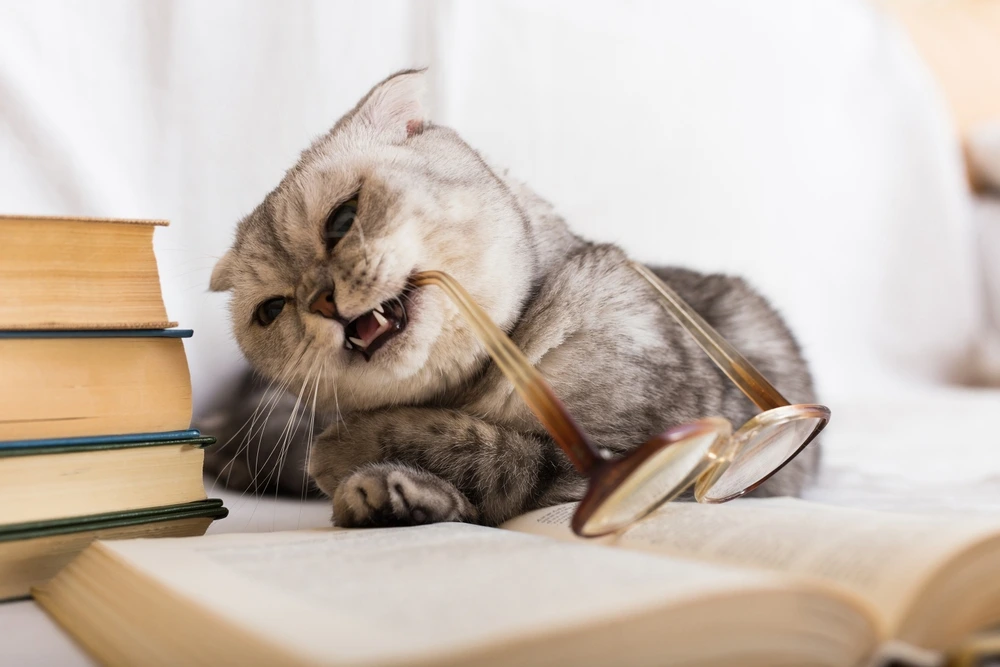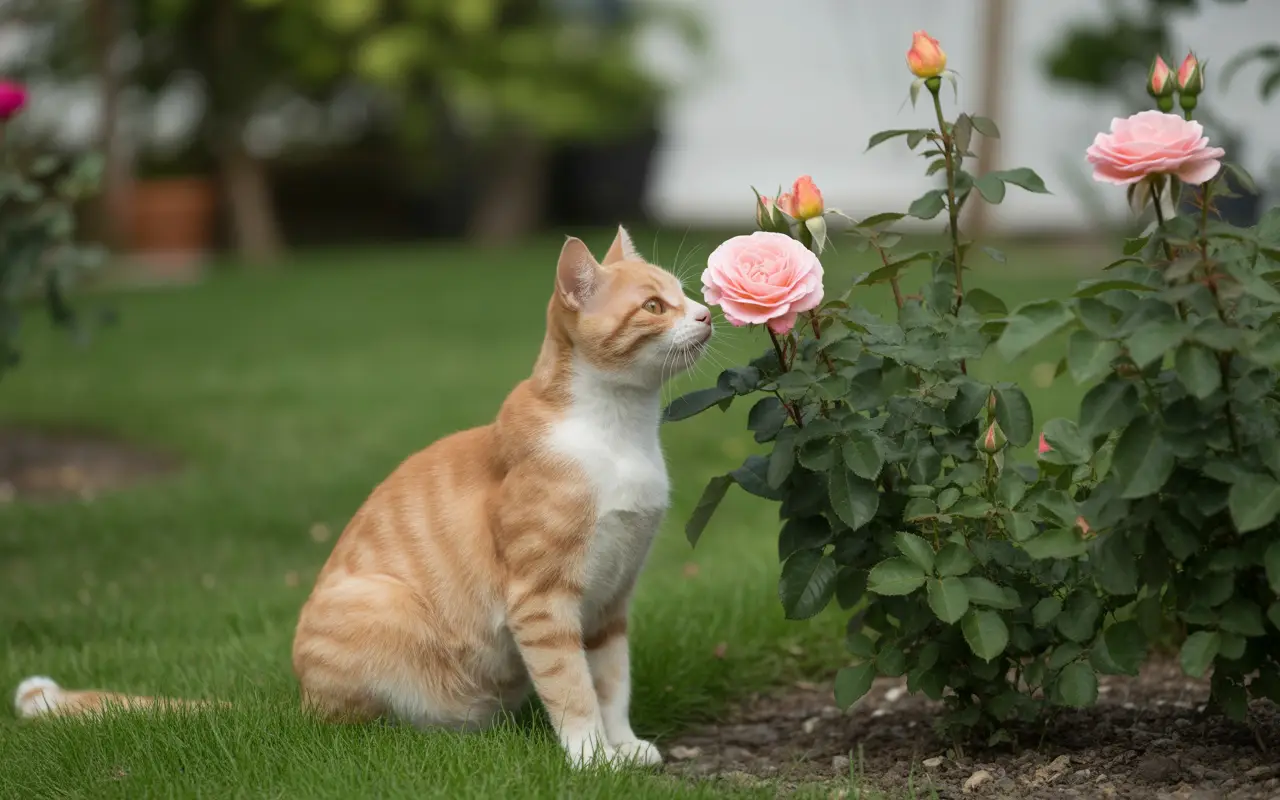The Orange Tabby Cat—also called ginger, marmalade, or red tabby—isn’t a specific breed but a beautiful color pattern that shows up across multiple breeds. With their bold, fiery coats and affectionate personalities, these cats have captured the hearts of pet lovers everywhere.
In this article, we’ll explore everything that makes these sunny felines so special—from their temperament and genetics to care tips and common questions.
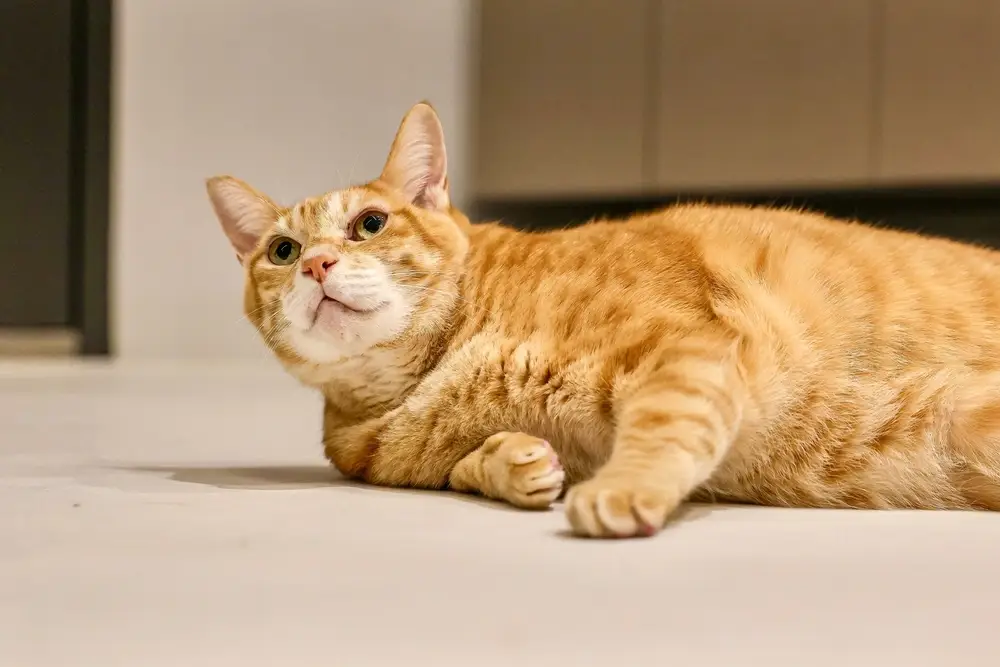
Content
Key Takeaways
- Average Weight: 8 to 12 pounds
- Lifespan: 12 to 18 years
- Coat Color: Orange with tabby patterns (mackerel, classic, spotted, or ticked)
- Personality: Friendly, outgoing, often playful
- Common Breeds: American Shorthair, Maine Coon, British Shorthair, Persian
- Nicknames: Ginger Cat, Marmalade Cat, Red Tabby
What Is an Orange Tabby Cat?
An Orange Tabby Cat is not a standalone breed but a cat with a distinct orange coat and tabby markings. The color comes from a pigment called pheomelanin, the same substance responsible for red hair in humans. The gene responsible for this coloring is located on the X chromosome, which is why nearly 80% of Orange Tabby Cats are male.
Tabby cats can come in different coat patterns—striped, swirled, spotted, or ticked—but all orange tabbies share one thing in common: their fiery, eye-catching fur.
Orange Tabby Cat Personality
Orange Tabby Cats are widely known for their affectionate and easygoing nature. These cats often enjoy being around people and can be both cuddly and energetic. They’re typically very social, making them great companions in households with children or other pets.
Orange Tabby Cat Personality Male
Orange Tabby Cat Personality Male cats are especially known for being friendly, vocal, and highly interactive. Many cat owners describe male orange tabbies as more outgoing and affectionate compared to females. While every cat is unique, males often enjoy attention and will gladly seek out cuddles or playtime.
What Are The Characteristics Of This Breed?
Although the Orange Tabby Cat Breed isn’t a single breed, there are shared features common across orange tabbies:
- Distinct M-shaped mark on the forehead
- Coat patterns like mackerel (striped), classic (swirled), spotted, or ticked
- Short or long hair depending on breed
- Eye colors range from gold to green
- Typically medium build with a soft expression
Breeds where orange tabby coats are frequently seen include:
- American Shorthair
- British Shorthair
- Maine Coon
- Persian
- Abyssinian
What’s “Orange Cat Behavior”?
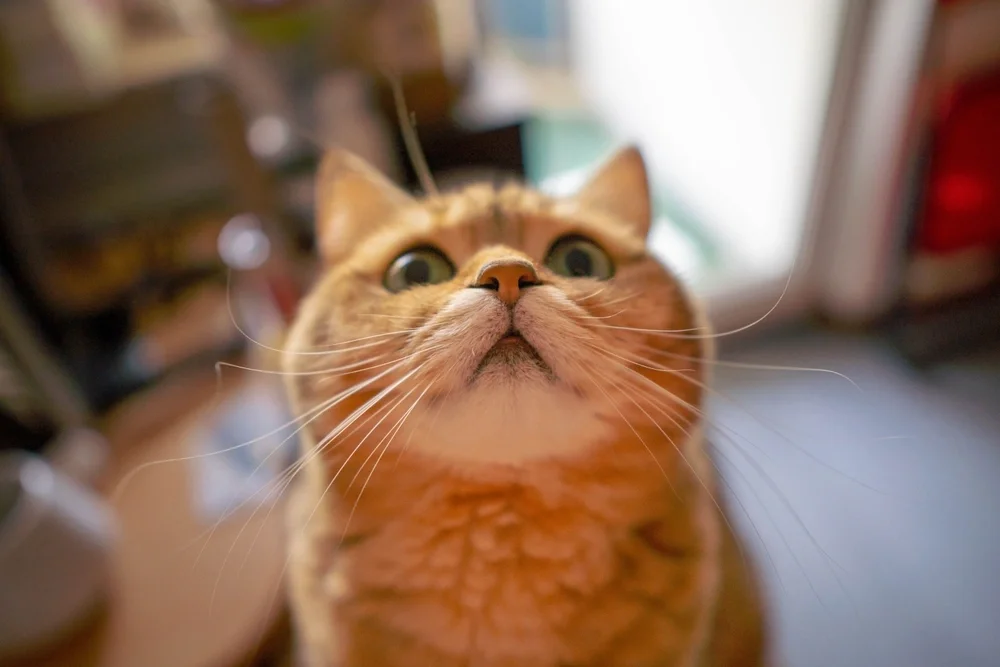
You’ve likely heard the term “Orange Cat Behavior” used online to describe the quirky personalities of these felines. So, What’s “Orange Cat Behavior”? It’s a fun phrase referring to the bold, unpredictable, and sometimes silly antics orange tabbies are famous for.
Some common examples include:
- Curiosity about everything (especially open cabinets!)
- Loud meows to get your attention
- High levels of playfulness
- Following their owners from room to room
While it’s not a scientific term, it captures the spirit of their big personalities and loving nature.
Orange Tabby Kitten: What to Expect
An Orange Tabby Kitten is often playful, curious, and quick to bond with its humans. These kittens are full of energy and love to explore. From a young age, you’ll notice their outgoing personalities, which often remain consistent into adulthood.
They thrive in homes that offer interaction and enrichment through toys, climbing structures, and plenty of attention.
Orange Tabby Cat Lifespan
The Orange Tabby Cat Lifespan typically ranges from 12 to 18 years, depending on factors like breed, health care, diet, and whether the cat lives indoors or outdoors. Indoor cats usually live longer due to fewer risks and better veterinary care.
With a healthy lifestyle, some orange tabbies can even surpass the 18-year mark.
Grooming and Care
Grooming needs vary by breed. Short-haired Orange Tabby Cats generally need weekly brushing to control shedding, while long-haired varieties like the Maine Coon or Persian may require daily grooming to avoid tangles and matting.
Because of their curious and energetic nature, it’s helpful to provide scratching posts, climbing trees, and interactive toys to keep them mentally and physically stimulated.
Health and Common Concerns
While the orange coat itself doesn’t indicate any specific health problems, breed-specific issues may apply. For example:
- Maine Coons can be prone to heart disease.
- Persians may suffer from respiratory issues and tear staining.
Routine vet checkups, vaccinations, and proper nutrition are essential to maintaining your orange tabby’s health.
Adoption Tips: Where to Find One
If you’re looking to welcome an Orange Tabby Kitten or adult cat into your home, start by visiting:
- Local animal shelters and rescue organizations
- Breed-specific rescue groups
- Reputable breeders (if seeking a specific breed like Persian or Maine Coon)
Because orange tabbies are fairly common, you’ll often find them waiting for adoption in shelters. Adopting a cat not only saves a life but brings a loving companion into yours.
Final Thoughts
With their glowing coats, expressive personalities, and easygoing nature, Orange Tabby Cats are among the most beloved types of felines. Whether you’re drawn to their playful behavior, their loving temperament, or their photogenic looks, these cats make exceptional companions for any home.
If you’re considering adding a cat to your life, an orange tabby may be the sunshine-filled choice you’re looking for.
For a deeper look at one of the breeds that can have orange tabby coloring, check out our guide on the Persian Cat.
FAQs
What is so special about orange tabby cats?
Orange tabby cats are known for their bold coloring, affectionate nature, and playful personalities that stand out in any home.
Is an orange tabby cat rare?
No, orange tabby cats are common and found in many breeds, but their bright coats make them especially eye-catching.
What is the difference between an orange tabby and a ginger tabby?
There’s no real difference—“orange” and “ginger” are simply different names for the same tabby color pattern.
What is the temperament of an orange tabby cat?
Orange tabbies are typically friendly, social, and outgoing, often forming strong bonds with their human companions.

Join Felipe Clark on a heartwarming journey through the world of pet adoption. He’s a true advocate for shelter animals, sharing stories that tug at the heartstrings and inspire adoption.

